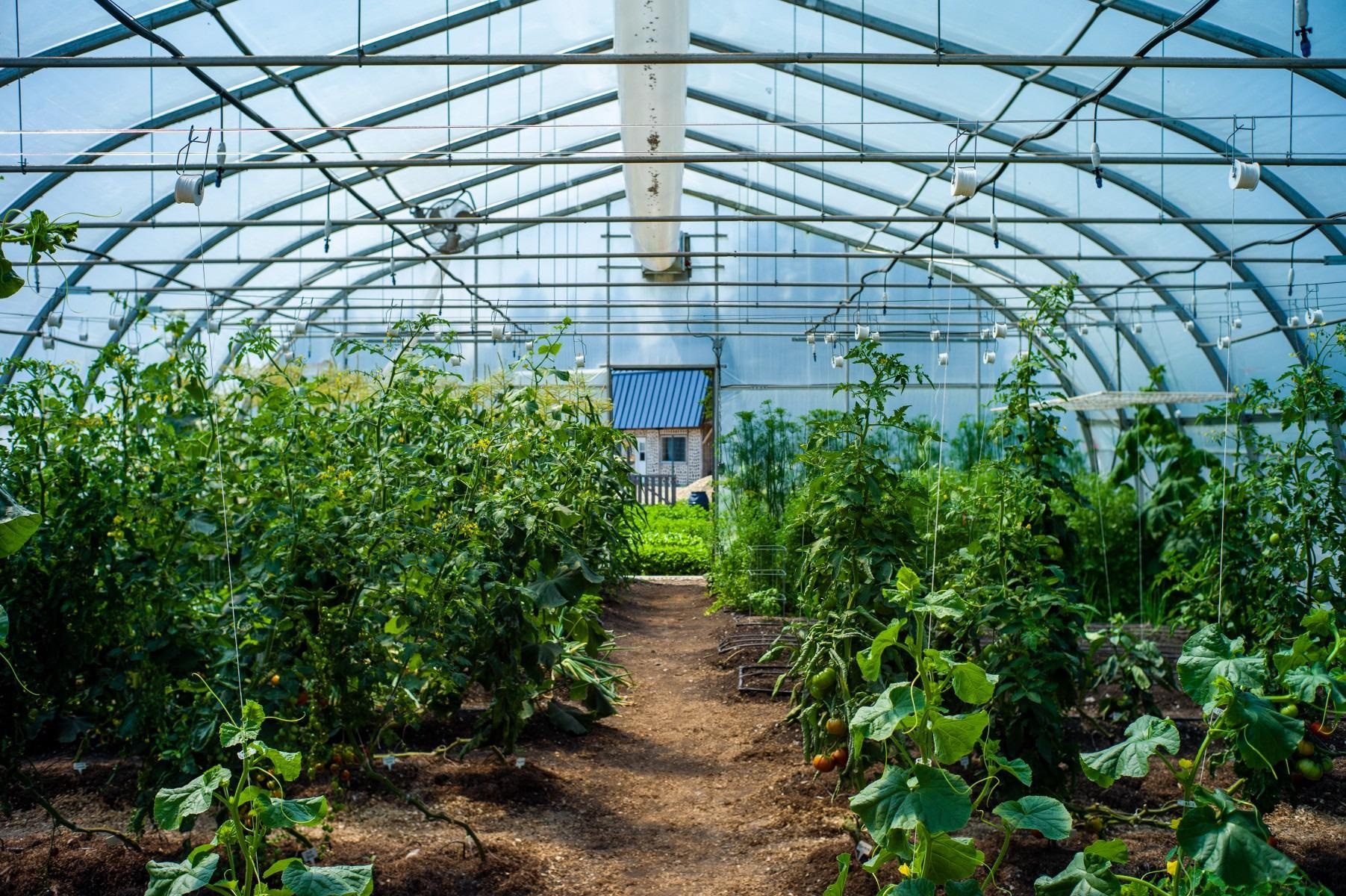Reviewed by Alex SmithApr 12 2022
When it comes to resolving the climate crisis, the forestry and agricultural sectors are a few of the toughest areas that need to change. A new report indicates that these regions will play a main role in decreasing greenhouse gas emissions.
 Agriculture plays a big part in keeping greenhouse gas emissions low, but land-use sectors will have to adapt quickly to help mitigate a climate catastrophe. Image Credit: Getty images.
Agriculture plays a big part in keeping greenhouse gas emissions low, but land-use sectors will have to adapt quickly to help mitigate a climate catastrophe. Image Credit: Getty images.
The new report provided by the UN Intergovernmental Panel on Climate Change, released earlier this week, outlines new findings on climate change and describes possible solutions. Brent Sohngen, professor of environmental and resource economics at The Ohio State University, was the lead author of the report’s section on agriculture, which covered nearly 130 pages of the 3,000-page document.
Sohngen’s portion provides insight into how forests, agriculture and related land use can contribute to both climate change and climate mitigation, or the decrease of greenhouse gas emissions into the air.
“The key message is that there are a lot of actions in the agricultural land-use sectors that people around the world can undertake to mitigate climate change,” stated Sohngen, who has collaborated with the IPCC since the late 1990s.
Even though the majority of the greenhouse gas emissions are derived from energy production, agriculture and changes in land use comprise nearly 22% of all carbon dioxide emissions.
According to Sohngen, if there is a possibility for these numbers to be decreased, either by restraining deforestation or turning to alternative biofuels, between 9 and 11 billion tons of carbon dioxide annually could be decreased.
Furthermore, the report warns that if both governments and individuals do not start to take climate warnings seriously, global warming could soon become even more severe than it already is.
Although many nations have previously promised to reduce warming to 1.5 degrees Celsius, it will take real change, not political promises, to ensure that humanity does not waste its last chance, the report said. To produce the report, scientists from over 165 countries reviewed more than 18,000 scientific papers on topics including restructuring fossil fuel use to policy recommendations on encouraging international cooperation.
Also, the report provided some good news.
Between 2010 to 2019, greenhouse gas emissions were at their peak, but from then, that rate has reduced significantly. As a result of the pandemic, CO2 emissions also declined temporarily in 2020, before creeping back up in the second half of the year.
As per the report, the main technologies and policies required to maintain global warming from achieving new heights are already in existence. For instance, solar and wind power are considered to be a few of the best approaches for people to fight against climate change.
Now there are more options and more ways for people to get involved in mitigating climate change that is within the realm of being cost-effective. Part of the reason why people are more optimistic about this report is that we’ve made progress on reducing emissions through mitigation actions.
Brent Sohngen, Professor, Environmental and Resource Economics, The Ohio State University
The only issue is determining how to better implement them, stated Sohngen. One of the biggest obstacles humanity will have to overcome boils down to financial support.
The scientific literature suggests that if we do want to stay under the 1.5 degree target, we have to really scale up financing. We’ve estimated that about $50 to $250 billion per year over the next decade is needed to achieve some of the goals in the land-use sector for mitigation.
Brent Sohngen, Professor, Environmental and Resource Economics, The Ohio State University
It is at this intersection point, between land use and people, that the report denotes a “strong link between sustainable development, vulnerability and climate risks.”
This implies gradually increasing measures to make sustainable development, and deleting extreme poverty, could turn out to be a huge factor in regulating and tracking the overall health of the Earth.
Sohngen stated that he is optimistic about how the public will react to the report.
There’s undoubtedly some approaches to climate change that we’re not thinking about now that hopefully, the next generation of scientists will think about in the future. I think that this report is an opportunity for people to study and to develop new methods, and better solutions to the climate crisis.
Brent Sohngen, Professor, Environmental and Resource Economics, The Ohio State University